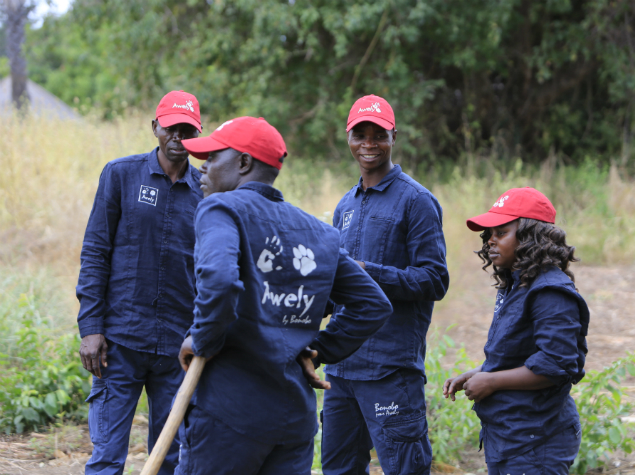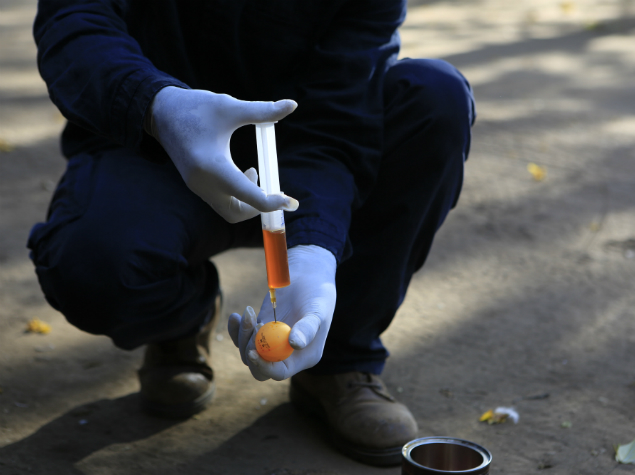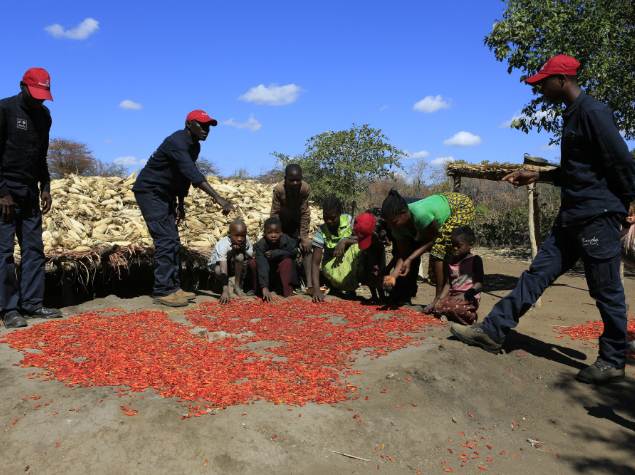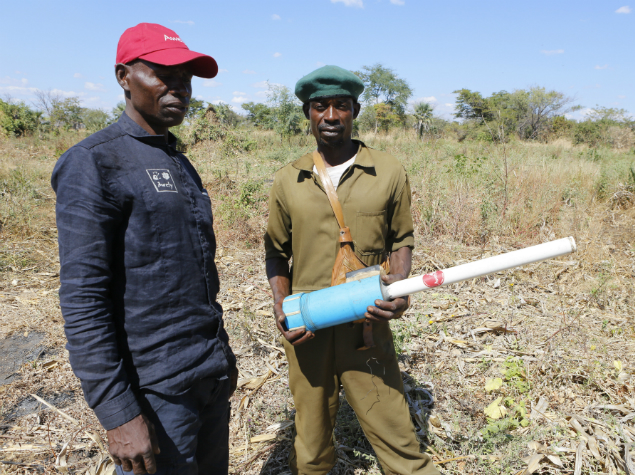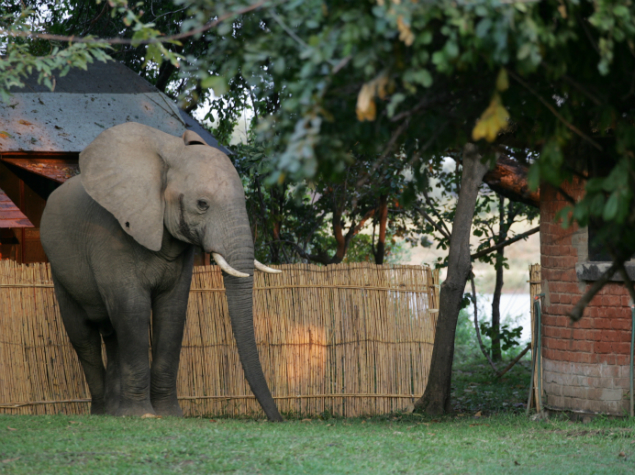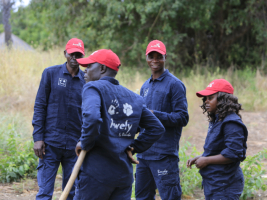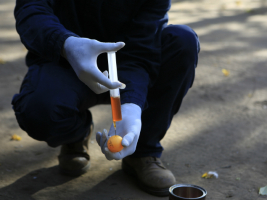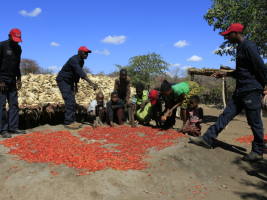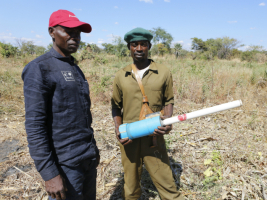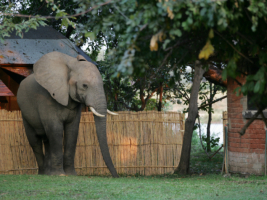Community based conservation of African elephants and Common hippo through the mitigation of human-wildlife conflicts
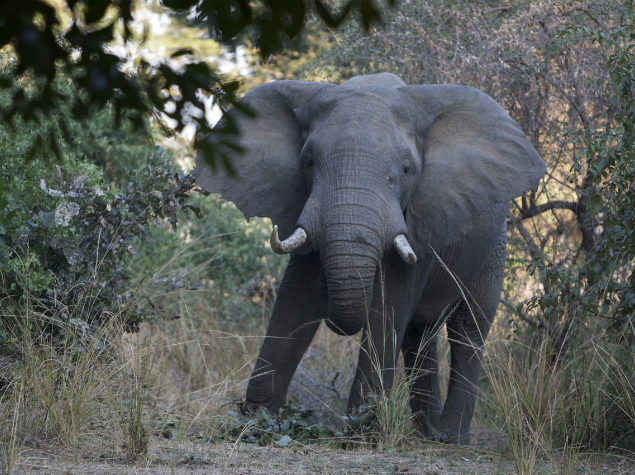
The Lower Zambezi ecosystem is a critical habitat for African elephants and Hippopotamus in Zambia. Besides the decline of habitat, killing of African elephants and Common hippos is the major threat to these large herbivores. They are hunted for their ivory (elephants) and canine teeth (hippos), which are smuggled mostly to Asian countries to be carved into sculptures and jewellery. In Lower Zambezi an average of 15 elephants per year was poached in the past ten years. Further, elephants and hippos are killed because of their tendency to cause conflicts with farmers, to damage their crops and even habitations. In order to proof the villagers that the Wildlife Authority is taking some actions and to somehow compensate the villagers for their losses, problem animal control (PAC) takes place. This means, the Wildlife Authority shoots the suspected culprit and distributes the meat to the community. However, it is highly controversial, that the right “problem” elephant or hippo is identified and killed. Mostly this killing has no long-term effect and conflicts continue.
The tribe of the Goba living along the Zambezi River in the prospective project area is mainly farmers. However, if the yields are low, hunting takes place as well. Hunting officially is regulated in the Game Management Area (GMA) where people and wildlife share common grounds.
The local partner organisation Conservation Lower Zambezi (CLZ) is a Zambian NGO and has been operating in the project area since 1994. Their main task is to support the Zambia Wildlife Authority to secure the protection of endangered wildlife through anti-poaching, wildlife monitoring and treatment of snared animals. CLZ has noticed strong poaching tendencies within the National Park and GMA, which come from the local communities. Further, they have observed very negative attitudes of farmers and villagers against conservation activities, in a way that Wildlife Authority staff was chased away from some villages. The farmers and villagers are very angry about the losses elephants and hippos cause to their crops and are frustrated as they feel left alone from the Wildlife Authority. For this reason the communities themselves have demanded support through our partner organization CLZ.
The main objectives of this project are:
- Building up a community based human-wildlife conflicts mitigation structure.
- Reducing the amounts and severity of conflicts between threatened wildlife species and people living in poverty to establish a basis for long-term biodiversity conservation.
- Enhancing the survival of threatened species through reducing illegal activities like poaching and snaring by villagers and limiting the killing of elephants and hippos for problem animal control (PAC).
Final Report Summary
The project contributed to the habitat protection of the African elephant and hippopotamus through various actions:
- Awely established a community-based organization to reduce the incidence of conflicts between villagers and the local fauna. A “Red Cap” (more information on this page) has been trained and so have two assistants on the construction of granaries to protect grains from the elephants. Additionally, workshops have been organized to foster the production and use of red peppers to protect other harvests. A community-run patrolling system has been put in place, and electric wire used to shield the fields from the hippopotamus.
- Significant progress can also be observed with regards to poaching prevention. To this end, target groups have been sensitised on the importance of wildlife preservation. Awareness materials have been distributed to 680 schoolchildren in 23 local schools. Lastly, Awely also helped run anti-poaching campaigns in the villages.

